
Grades:
6th Grade, 7th Grade, 8th Grade, 9th Grade, 10th Grade, 11th Grade, 12th Grade
Be a part of the humanitarian effort and teach students how to create a fully functioning 3D printed prosthetic arm for a client in need. This lesson walks you through the process in a slideshow

Featured
Sphero Rocket Payload Mission
Grades:
9th Grade, 10th Grade, 11th Grade, 12th Grade
This lesson uses Sphero's "Rocket Payload" activity with the Outer Space Mat. The full lesson includes information on rocket payload, a Sphero coding challenge, a NASA link to read, optional questions

Grades:
9th Grade, 10th Grade, 11th Grade, 12th Grade
The purpose of this activity is to teach students about electrical energy generation in Arizona and the science behind electrical energy generation including radioactive decay and nuclear energy.
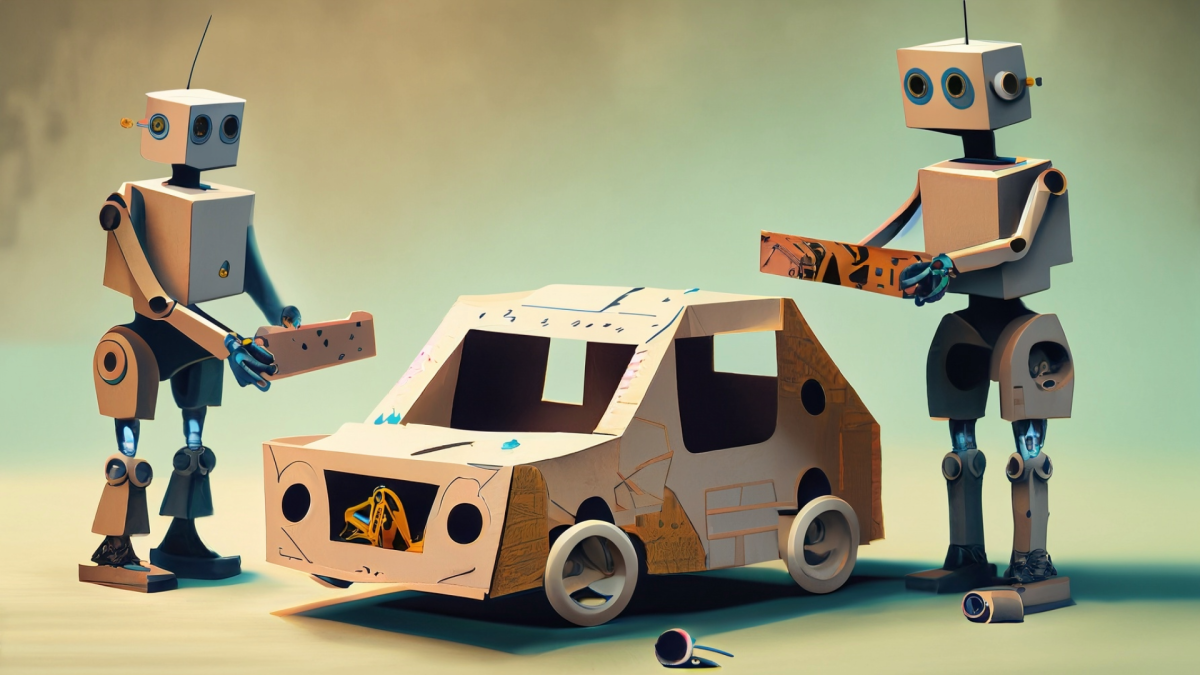
Grades:
6th Grade, 7th Grade, 8th Grade, 9th Grade, 10th Grade, 11th Grade, 12th Grade
Are your students fans of Formula 1? If they are or aren't this lesson will take a look into the dominance of Red Bull Racing in Formula 1. Why is Red Bull so dominant? Is it the driver or the
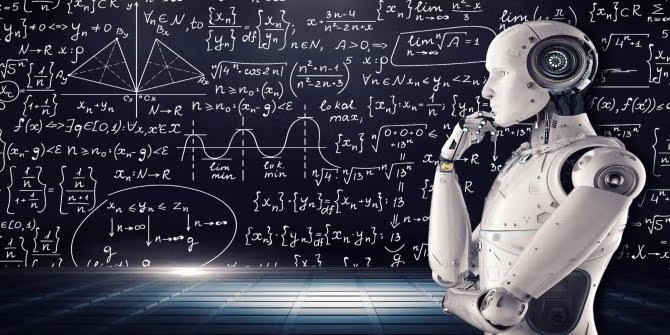
Grades:
7th Grade, 8th Grade, 9th Grade, 10th Grade, 11th Grade, 12th Grade
Students will use projectile motion as practical example to better understand how parabolas (quadratic equations) are built. Students will also tabulate x and y values on Google Spreadsheets and graph

Grades:
9th Grade, 10th Grade, 11th Grade, 12th Grade
Students pull wooden "sleds" with different masses on them over various types of surfaces with spring scales (force meters) to calculate the different coefficients of friction. Students graph the data

Grades:
7th Grade, 8th Grade, 9th Grade, 10th Grade, 11th Grade, 12th Grade
Dive into the physics and engineering and programming of holonomic drives! Learn to code and control movement for your FTC robot with hands-on activities and real-world applications.
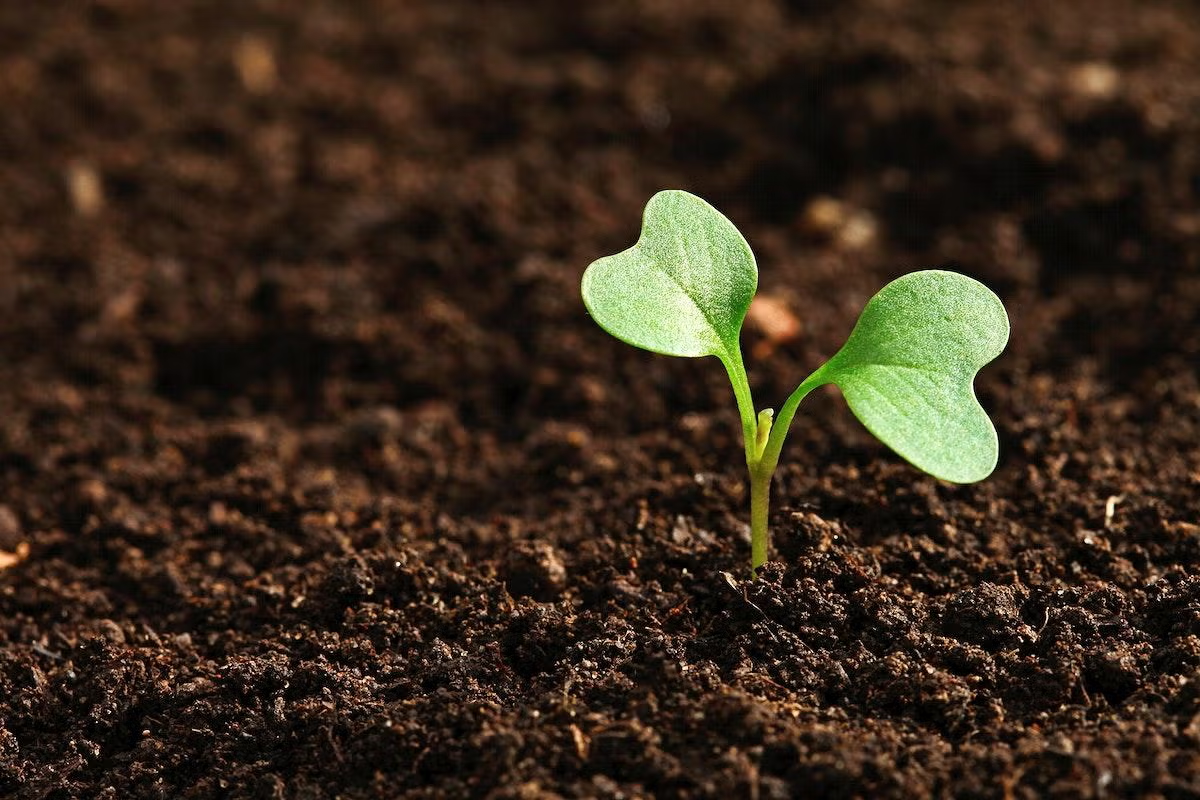
Grades:
9th Grade, 10th Grade, 11th Grade, 12th Grade
Students are guided through the urgency to create large scale plan solutions for climate mitigation and green energy fuel sources. They will then build and design a bioreactor using algae as a

Grades:
7th Grade, 8th Grade, 9th Grade, 10th Grade, 11th Grade, 12th Grade
This lesson is a whole unit on energy. It can be broken up into 10 separate lessons. I chose to put them all together so that it was easier to see how I organized them so you did not have to search

Grades:
7th Grade, 8th Grade, 9th Grade, 10th Grade, 11th Grade, 12th Grade
This lesson is designed to help students learn how to critically evaluate sources of information, a crucial skill for conducting independent STEM projects. The lesson uses the Baloney Detection Kit

Grades:
Kindergarten, 1st Grade, 2nd Grade, 3rd Grade, 4th Grade, 5th Grade, 6th Grade, 7th Grade, 8th Grade, 9th Grade, 10th Grade, 11th Grade, 12th Grade
Button makers are great additions in the classroom! But first, students should learn the history of buttons, about the button machine and how to operate it. Challenge cards provided inspire students
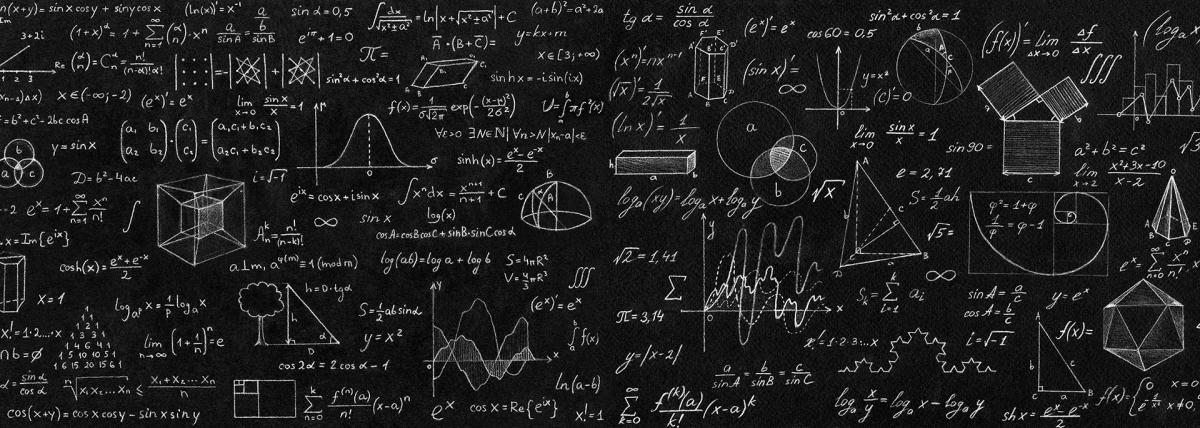
Grades:
9th Grade, 10th Grade, 11th Grade, 12th Grade
This lesson can be used as a formative assessment on Static Equilibrium of a horizontal meter stick that has two masses hanging from the meter stick. One of the mass values is provided, the 2nd mass

Grades:
11th Grade, 12th Grade
Students will design and build eco-friendly Art Deco-inspired miniatures of party venues from "The Great Gatsby" by learning principles of geometry, engineering, and sustainability, and culminating in

Grades:
11th Grade
Students will identify and address problems from "Animal Farm" through STEM projects by collaborating in small groups to research, develop proposals, and present solutions, with tailored support and

Grades:
6th Grade, 7th Grade, 8th Grade, 9th Grade, 10th Grade, 11th Grade, 12th Grade
Students put together fossil bone cut outs to determine a prehistoric species before learning about the different ways scientists determine the physical characteristics of extinct organisms.
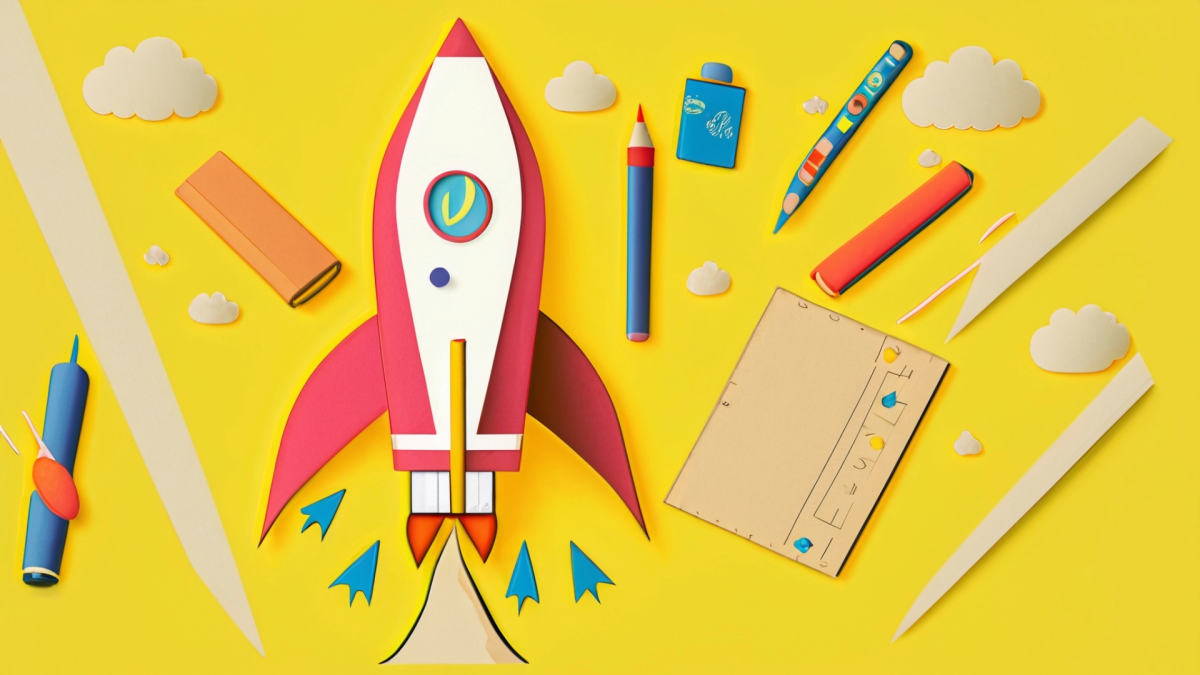
Grades:
11th Grade, 12th Grade
In this lesson, students build and launch their own rockets. They then analyze and explain the motion of the rocket using the cause-mechanism-effect framework.

Grades:
9th Grade, 10th Grade, 11th Grade, 12th Grade
This STEM Argumentative Research Project engages students in exploring the scientific, ethical, and societal implications of themes in Mary Shelley's "Frankenstein." Students will work in groups to

Grades:
7th Grade, 8th Grade, 9th Grade, 10th Grade, 11th Grade, 12th Grade
Students will apply principles of design, engineering, and mathematics to create a physical or digital labyrinth inspired by the myth of Theseus. This project integrates STEM concepts with literature

Grades:
9th Grade, 10th Grade, 11th Grade, 12th Grade
This lesson is a follow-up to the lesson titled "Creating Sustainable Solutions with Bioplastics Part 1". In this lesson, students evaluate different ingredients for bioplastics and create a minimum

Grades:
9th Grade, 10th Grade, 11th Grade, 12th Grade
In this lesson students evaluate the advantages and disadvantages of conventional, petroleum-based plastics, bioplastics, and their different varieties. The lesson is driven by class/group research

Grades:
7th Grade, 8th Grade, 9th Grade, 10th Grade, 11th Grade, 12th Grade
The students in this lab activity will play a competitive game with a small bouncy ball. The students will analyze the motion of the ball and apply projectile motion concepts. This activity requires
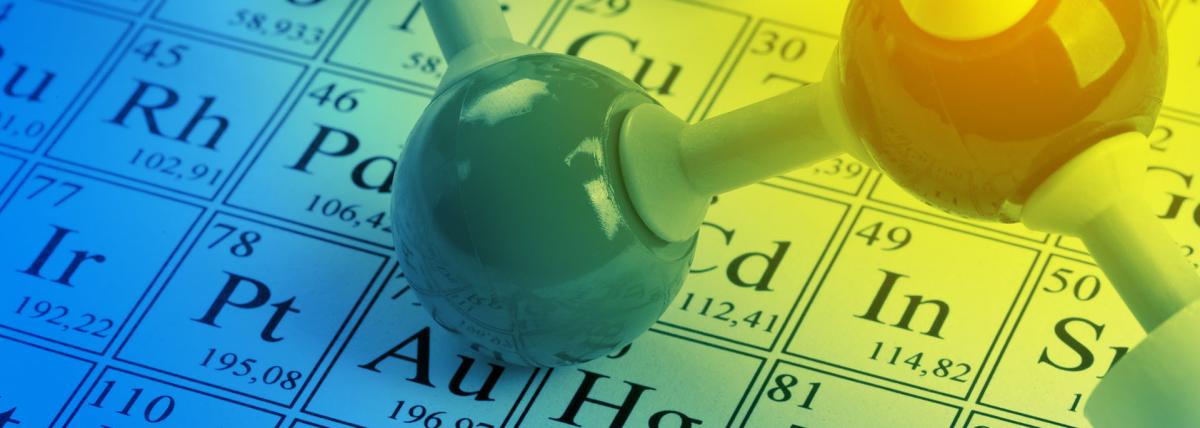
Grades:
9th Grade, 10th Grade, 11th Grade, 12th Grade
This lesson is an opportunity for students to learn about the past, the interesting field of nuclear radiation, and future implications to humanity as we encounter it in our spaces.

Grades:
9th Grade, 10th Grade, 11th Grade, 12th Grade
This is a lesson plan which draws importance to the ability of trees to carbon sequester in urban areas. As the world urbanizes more and more each day, it is important for our health to emphasize

Grades:
9th Grade, 10th Grade, 11th Grade, 12th Grade
In this engaging lesson, students move the learning from within the classroom to outside its walls in order to study and record air quality readings (with no tech and tech applications). Students gain


